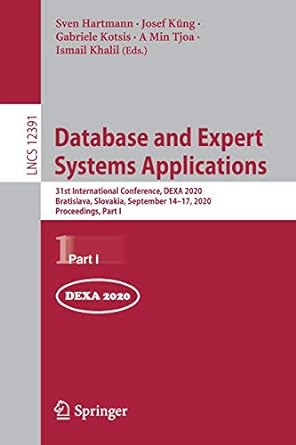Question
A binary search is not always the fastest way to search a sequentially allocated main memory table. First consider tables whose size is less than
A binary search is not always the fastest way to search a sequentially allocated main memory table. First consider tables whose size is less than about 50 items. Explain why a sequential search may be faster if each element in the table has an equal probability of being the desired item. Second explain a method for searching a sequentially allocated table which may be faster than a binary search when the data obeys W. P. Hesings 80/20 rule (or a Pareto distribution). How might tables fitting the 80/20 rule adjust their selves over time if the reference frequency for table contents is subject to change?
Step by Step Solution
There are 3 Steps involved in it
Step: 1

Get Instant Access to Expert-Tailored Solutions
See step-by-step solutions with expert insights and AI powered tools for academic success
Step: 2

Step: 3

Ace Your Homework with AI
Get the answers you need in no time with our AI-driven, step-by-step assistance
Get Started


